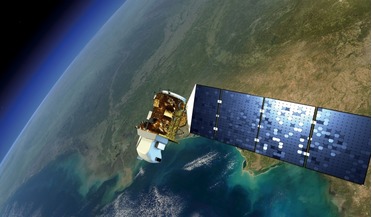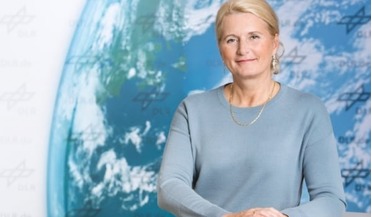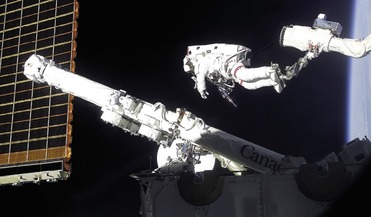 July 2019
Robotic astronomy on the Moon
July 2019
Robotic astronomy on the Moon
... companies recently. One such company is the International Lunar Observatory Association which has plans to test... first word in the organisation’s name indicates, the International Lunar Observatory Association has worked since its founding to connect...
 October 2020
Essential role of satellites in disaster and pandemic management
October 2020
Essential role of satellites in disaster and pandemic management
... authorised to activate the Charter upon large-scale disasters. Since 2012, the Charter has adopted the international ‘universal access’ principle, and thus it was opened for membership to any disaster management authority. Satellite technology...
 October 2020
Connecting the global space community
October 2020
Connecting the global space community
... 65 countries have satellites in space and more than 50 percent of all space missions are conducted on the basis of international cooperation. The IAF is at the heart of this evolution with its worldwide and diverse membership and recognises...
 July 2021
Canadarm2 - 20 years of Canadian space robotics on the ISS
July 2021
Canadarm2 - 20 years of Canadian space robotics on the ISS
... Management Center... and he too had his hands full. In March, Mackey had set up the CSA’s IPCanada (International Partner Canada) console, responsible for communicating programmatic and technical issues to NASA’s management team. He was also...
 July 2021
Designing for life in outer space - The importance of design for long-term space missions
July 2021
Designing for life in outer space - The importance of design for long-term space missions
... a variety of companies in the private sector. She was the Principal Investigator of the VEST GOAL experiments on the International Space Station. In 2016, she and Benedetto Quaquaro created the Master’s Degree in Product Design for Innovation...
 October 2021
Russia and China – a new space axis
October 2021
Russia and China – a new space axis
... This artwork for a design concept for the proposed International Lunar Research Station (ILRS) by Guo Linli includes Russia... from 1978, arguably making Salyut 6 the ‘first’ international space station and guest arrangements had continued ever since. ...